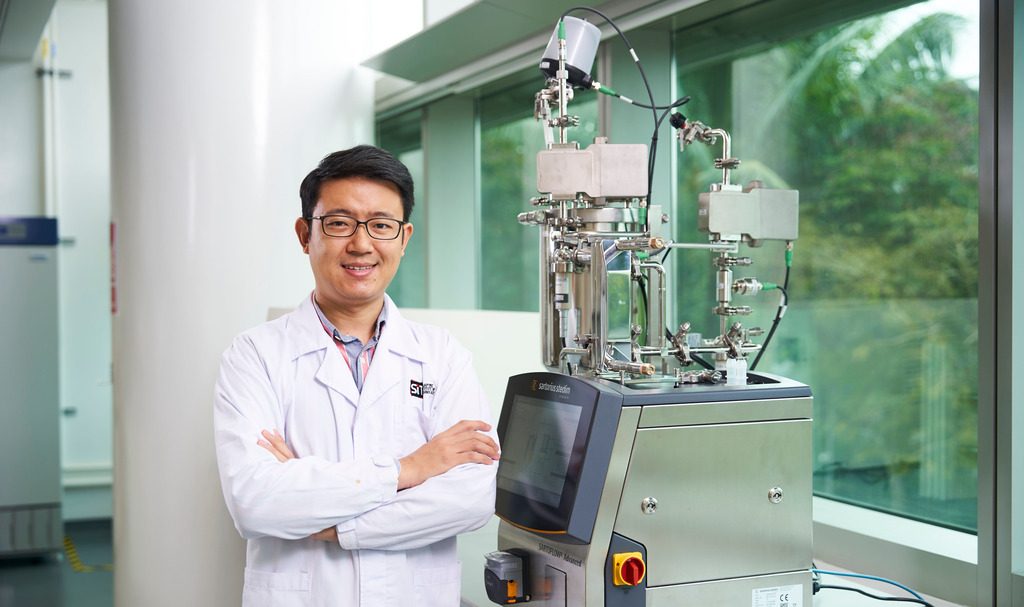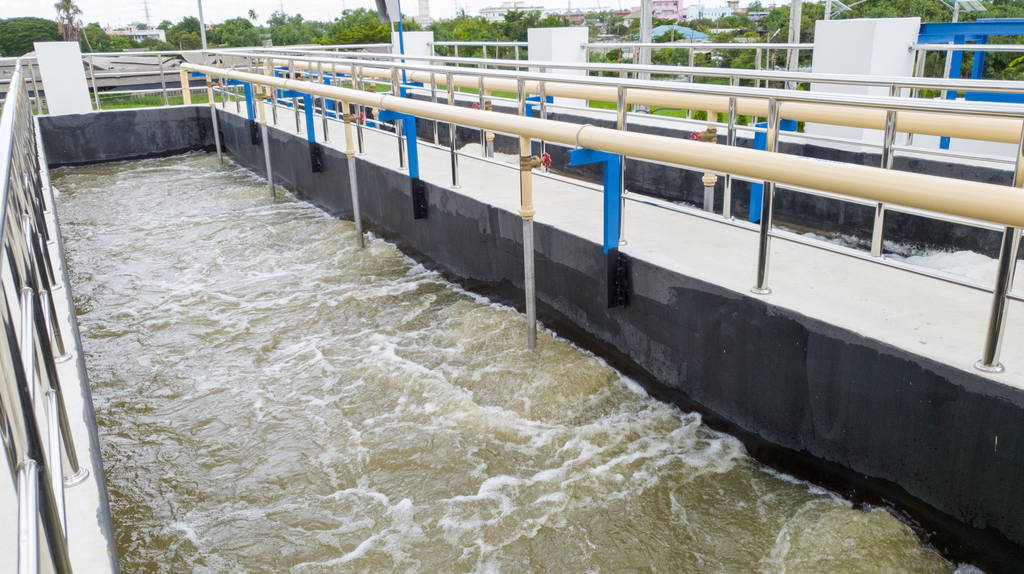
AsianScientist (Mar. 1, 2023) — Together with population growth and industrialization, water scarcity tops the list of global problems. One way to alleviate this issue is through wastewater reclamation, with Singapore’s NEWater process setting an excellent example. Unfortunately, industrial-scale processes of wastewater recycling are currently inadequate when considering the goal of future water sustainability.
The most frequently used method of wastewater treatment in textile and tannery industries is nanofiltration, which uses high hydraulic pressure to move water through a membrane while retaining some valuable salts.
However, the high water pressure causes severe membrane fouling, or the deposition of particles onto the membrane surface, which then causes blockage of membrane pores. Because of the clogging, frequent cleaning cycles and membrane replacements are needed. As such, stable operation of the system requires expensive and cumbersome pre-treatment techniques.
Not only is current industrial water recycling inefficient, it is also harmful to the environment.
“The majority of effluent wastes are typically sent for incineration. In theory, we need to spend around 620 kilowatt-hours of energy to incinerate one ton of wastewater stream, equivalent to 266 kilograms of carbon dioxide,” mentioned Associate Professor Zuo Jian of the Food, Chemical and Biotechnology Cluster of the Singapore Institute of Technology (SIT).
With the rising cost of energy and the detrimental ecological impact of current methods, it is imperative to find an alternative solution for wastewater recycling.
Through the collaboration between Associate Professor Zuo and SideStroem Water Technologies (SideStroem), a novel forward osmosis (FO) technology for wastewater treatment has been developed and is being optimized for industrial-scale usage. The project combines the research prowess of SIT—the country’s University of Applied Learning—in membrane filtration and the track record of SideStroem in FO processes.
“Forward osmosis can help to ease issues associated with traditional nanofiltration because it has a low-fouling tendency. FO membranes can retain operational stability even when the wastewater is high-fouling in nature. As such, we can avoid expensive pre-treatment processes,” explained Associate Professor Zuo.
In fact, FO is gaining popularity in industrial wastewater treatment, and for good reason. Unlike nanofiltration, FO does not require external pressure and, thereby, consumes less energy. In addition to its lower fouling tendency, it is also suitable for pressure-sensitive and heat-sensitive solutions.
Moreover, SideStroem has manufactured special nanofiltration-type (NF-type) FO membranes, which can selectively recover and recycle both water and monovalent salts from wastewater streams.

The collaboration with Associate Professor Zuo has seen significant progress being made with the membranes. These include high rejection rates to divalent ions (more than 99 percent) while maintaining low rejection rates to monovalent ions, 50 times higher extraction rates of monovalent solutes and three times higher pure water permeability compared to commercial FO membranes.
Given these features, Associate Professor Zuo highlighted two key advantages of FO over traditional nanofiltration technologies:
“FO is able to achieve higher water recovery rates and demonstrates high-performance resilience and operational stability in challenging high-fouling applications, reducing the need for extensive pre-treatment processes.”
Such technology offers the huge advantage of decreasing operational expenses of wastewater treatment while increasing the yield of recovered resources—a vast improvement over current treatment methods.
At present, the NF-type FO membrane has been scaled up from basic research samples of just a few square centimeters to A4 paper-sized prototypes, a move essential for further translation to even bigger commercial scales.
“The plan is to have the first commercial-scale (four to eight inches) membrane element in 2023, which can be used for pilot-scale testing, data collection and knowledge generation. After that, we will arrange for full-scale membrane testing,” shared Associate Professor Zuo.
The impact of this technology is vast. Because of its ability to simultaneously recover water and valuable solutes while still having a low treatment cost, this novel NF-type FO membrane has the potential to revolutionize industrial wastewater treatment in Singapore and beyond. Moreover, by reducing carbon emissions, it is more ecologically friendly.

The versatility of the technology also makes it relevant to other methods and fields. An industry that can benefit from the developed membrane is the fermentation industry. With the membrane’s ability to remove inhibitory by-products from fermentation broth, the fermentation process is able to run continuously. This then improves the industry’s productivity and reduces capital costs.
“I have been active in the field of membrane research for more than 10 years, and I see the potential of membrane technologies in treating industrial wastewater. The FO technology is advantageous, but the lack of suitable membranes has limited its application. I hope our novel membrane can improve FO-based water treatment in various industries,” said Associate Professor Zuo.
To read more about this technology, please get in touch with Associate Professor Zuo Jian here and SideStroem Water Technologies here.
—
Source: SIT ; Images: Keng Photography/Tan Eng Keng, Shutterstock
This article does not necessarily reflect the views of AsianScientist or its staff.












